TAAD Overview by Tomer Netanel Levy for DI CATALOGUE Magazine
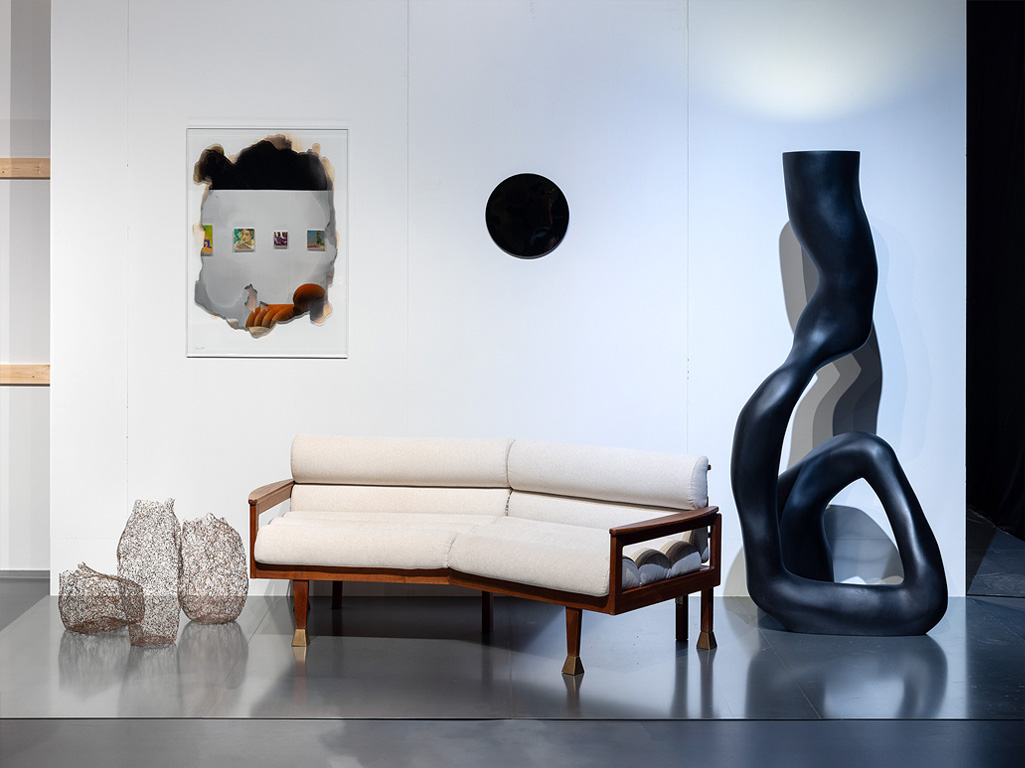
The first international collectible design fair – TAAD Everyday Wonder, took place in Israel on March 5-11. The exhibition featured unique furniture and art pieces by both well-known and young designers and artists from around the world, including works by Israeli creators. Among the participants was a designer and a co-founder of SALT gallery, Tomer Netanel Levy. In an exclusive interview for our magazine, he shared his impressions of the exhibition and its significance for the industry.
Tomer Netanel Levy.
Design-artist & co-founder of SALT gallery for collectible design.
Lives and works in Jaffa, Israel.
Tomer, first of all, thank you so much for taking the time and agreeing to share your thoughts about the fair. Please tell us a bit about yourself and your artistic journey.
First and foremost, I would like to thank you for inviting me to share my impressions following TAAD—an event I perceive as both exciting and significant within the local field.
For those who are not yet familiar with my work, together with my love, the artist Shay Alfia, I established SALT gallery for collectible design in Old Jaffa three years ago. This was a natural extension of the activities of my independent studio, which I launched immediately after graduating with a B.Des in 2014.
I was first exposed to the field of design-art when I created my first limited series of chairs for a prestigious gallery in Milan. Looking back with a decade’s perspective since that moment, now it feels like an opportunity to reflect on my career and creative journey.
It is truly remarkable to witness an event like TAAD taking place in my hometown and to have the privilege of participating in it both as a design-artist and as the owner of a participating gallery.
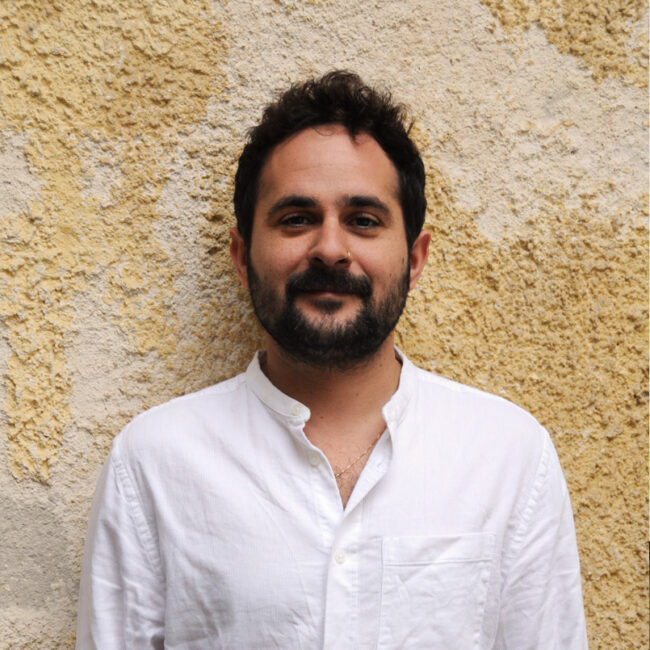
What is your overall impression of TAAD? What was the main idea and mission of the Fair?
The establishment of a commercial-international fair that is culturally, conceptually, and executively aligned with the most current global trends is phenomenal. Many creatives in Israel keenly feel the gap between Tel Aviv’s burning business energy and the cultural and aesthetic void that exists in many fields. There are countless reasons for this (and it’s a different discussion), but regardless, I really appreciate those driving initiatives that work to remind us that Tel Aviv can and should be a true cultural capital.
It is only natural that we integrate aesthetics into our daily lives, and “style” should not be associated exclusively with abroad. I assume this perspective is also central to Maria Nasimov and the fair’s initiators, so chapeau to them for their courage and energy in taking on this challenge—especially in a niche that is small and unique even on a global scale.
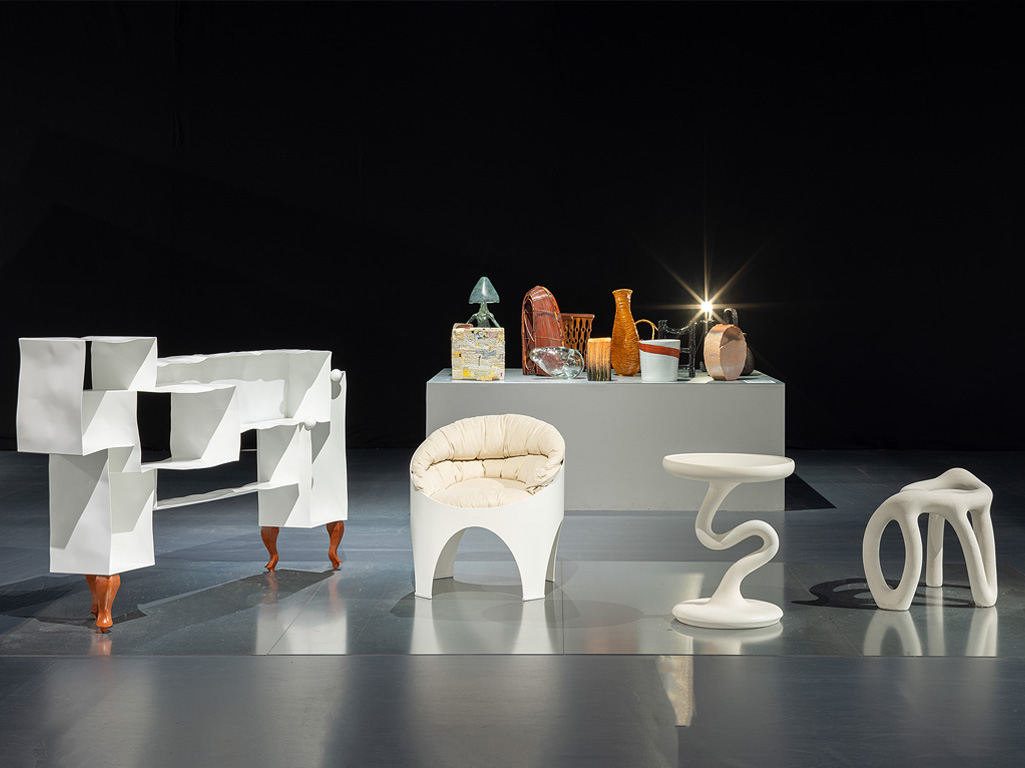
How did you get acquainted with Maria Nasimov and join TAAD?
Beyond the rumors that were circulating in the small active scene in Israel, an art consultant who visited the gallery introduced me to Maria. After her visit to my latest solo exhibition and then to SALT, the path was paved for a significant presence of the gallery’s pieces at the fair.
Please give your detailed overview of the Fair. What works of international and Israeli artist have impressed you the most and why? Have there been new name for you or unknown creative direction?
First, it should be noted that in terms of production, curation, and the scenography of the space, the fair was entirely aligned with the display standards known internationally. Considering the challenges of launching such an event for the first time, this is truly remarkable.
The number of objects and the size of the space were well-balanced—not on the scale we are familiar with from exhibitions abroad, but undeniably a space rich with pieces and genres. A serious collector could easily navigate through them and catch some real gems. Visitors who came to explore and learn certainly left with plenty to reflect on.
In my view, good decisions were made regarding the eclectic nature of the show and the selection of participants. An intriguing mix emerged between significant pieces by world-renowned masters (such as Wendell Castle, Andrea Branzi, and Ettore Sottsass) alongside rising contemporary names like James Shaw and Gustavo Bittencourt. Complementing them were young and lesser-known artists from around the world, experimenting with freer, more expressive creations.
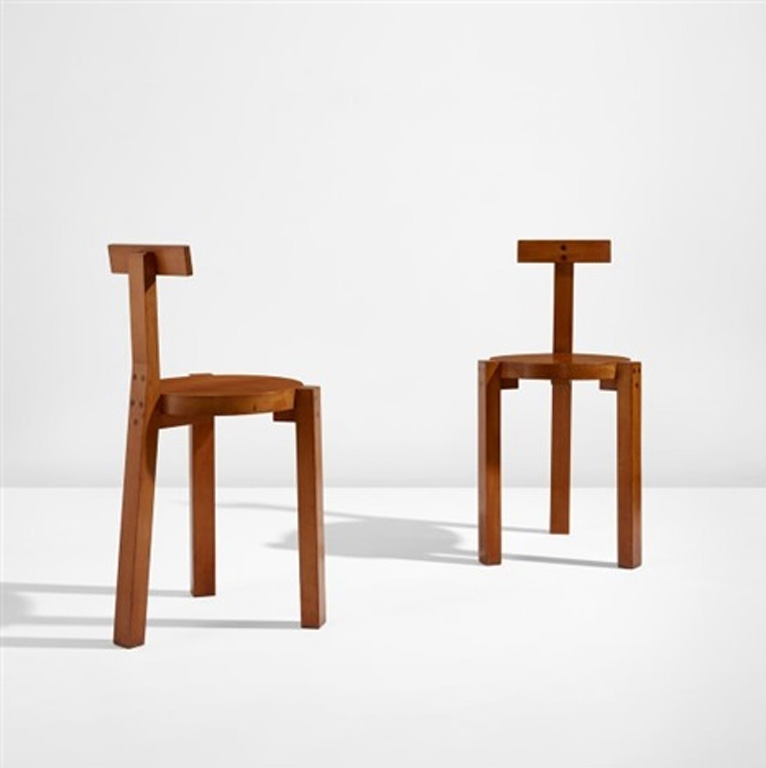
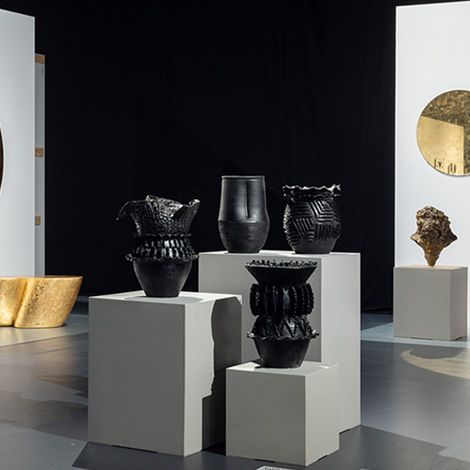
As for the inclusion of artworks in more “classical” formats (mainly painting and photography), their two-dimensional presence is necessary and contributes to structuring each perspective. However, most were loaned from Israeli galleries, and the level of engagement they evoked did not match the impact of the objects on display.
With a blank check and a future collector’s perspective for investment, I would take a Carmen D’Apollonio lamp, the “Giraffe” chairs by Lina Bo Bardi, and the 3D-printed jelly-monster with a snail tongue by Misha Kahn.
An Israeli artist I met for the first time at the fair and whose work I loved most is Admahon Galor Mekonen (Dvir Gallery). Her pieces are a blend of meditative technique, symbolism, full depth, and perfect proportions.
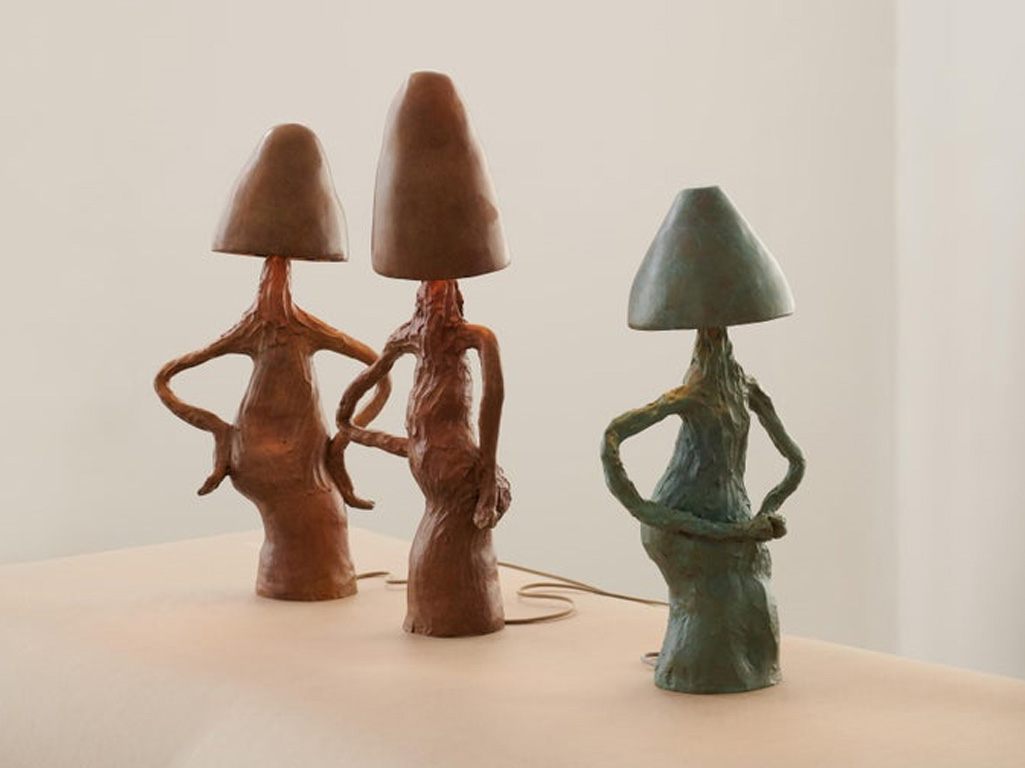
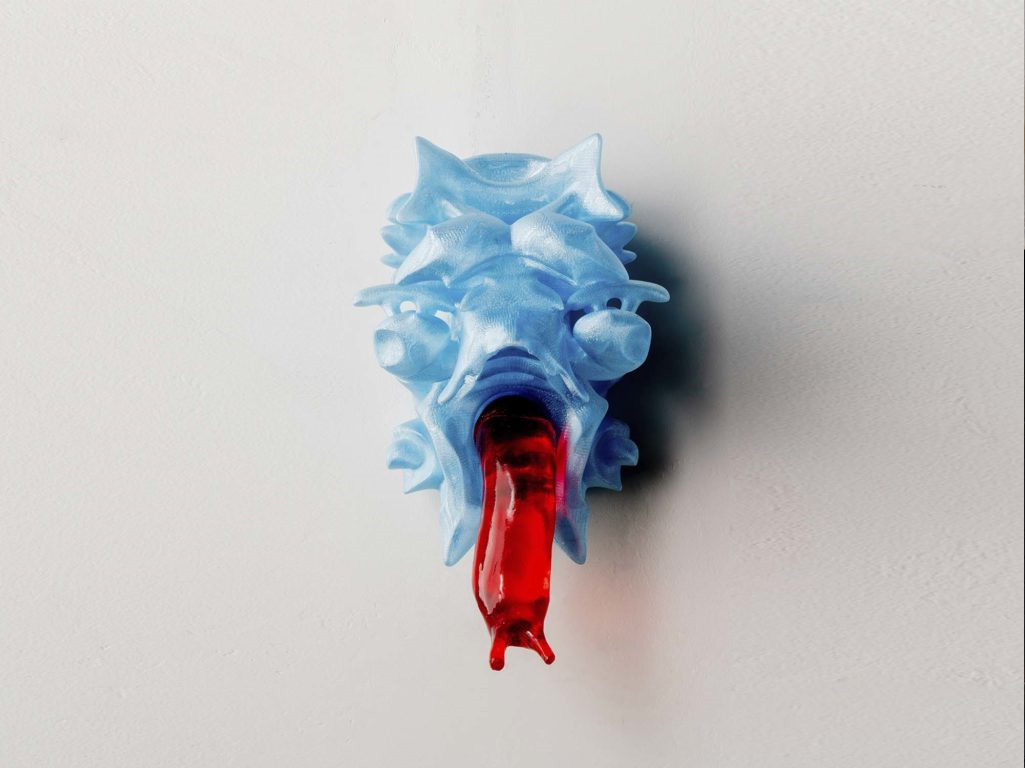
What were the principles/criterions for choosing works for the exhibition? How have you personally selected your works for TAAD?
The selection of SALT gallery pieces was made by the Maria and Maria team, with the intention of showcasing a wide range of objects from different series. This included different “Stains of Reflection” artworks by Shay, “GHOSTS” in various finishes, a manipulated ready-made sofa (“Not Scandinavian”), and a wire-mesh piece from my Containers series.
The personal highlight for me was the creation of a brass table specifically made for the fair (Metalythos 2.0). It was an exciting and natural step, and I am grateful to the curators for their complete trust in bringing such a significant object to life.
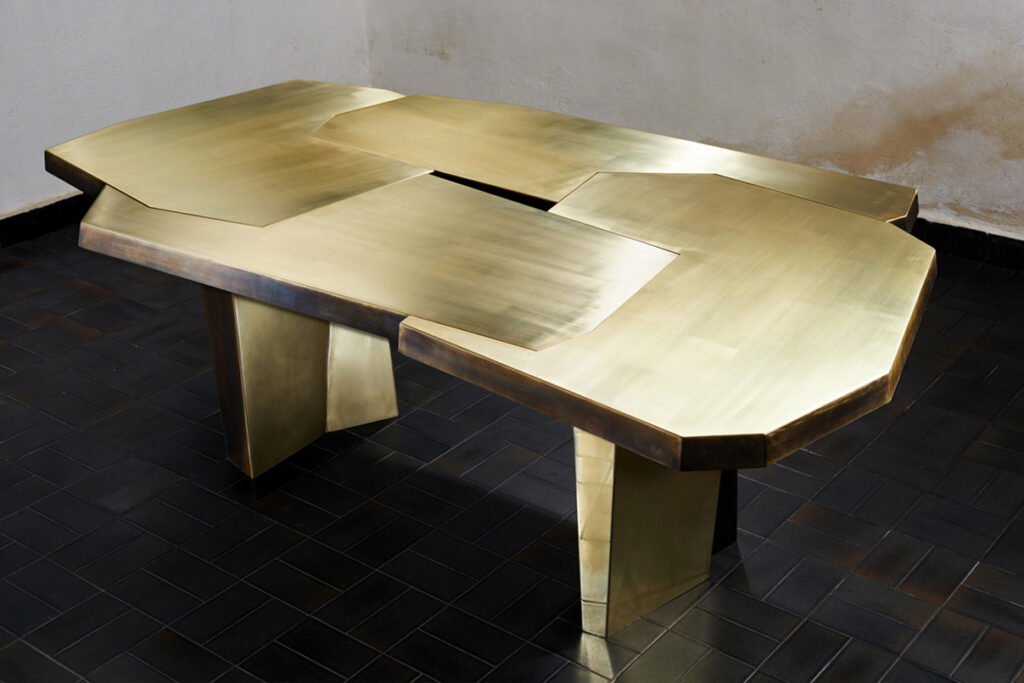
What was unique about the Fair?
I believe that establishing the first international design-art fair, at a time when it seemed almost absurd, is an important and essential move. Our intercultural connection has been shaken in light of recent events, and when such an event emerges at this level, it has the potential to create waves of hope among the local audience and generate positive publicity abroad.
Through the fair, the local scene can be exposed to contemporary collecting methods and bold styles showcased worldwide. The unique pieces gain tangible significance in reality and stop being just an image circulating on social media or something that is very difficult to import. Gradually, new audiences are formed, and personal taste, which we have long hoped for here, can be developed.
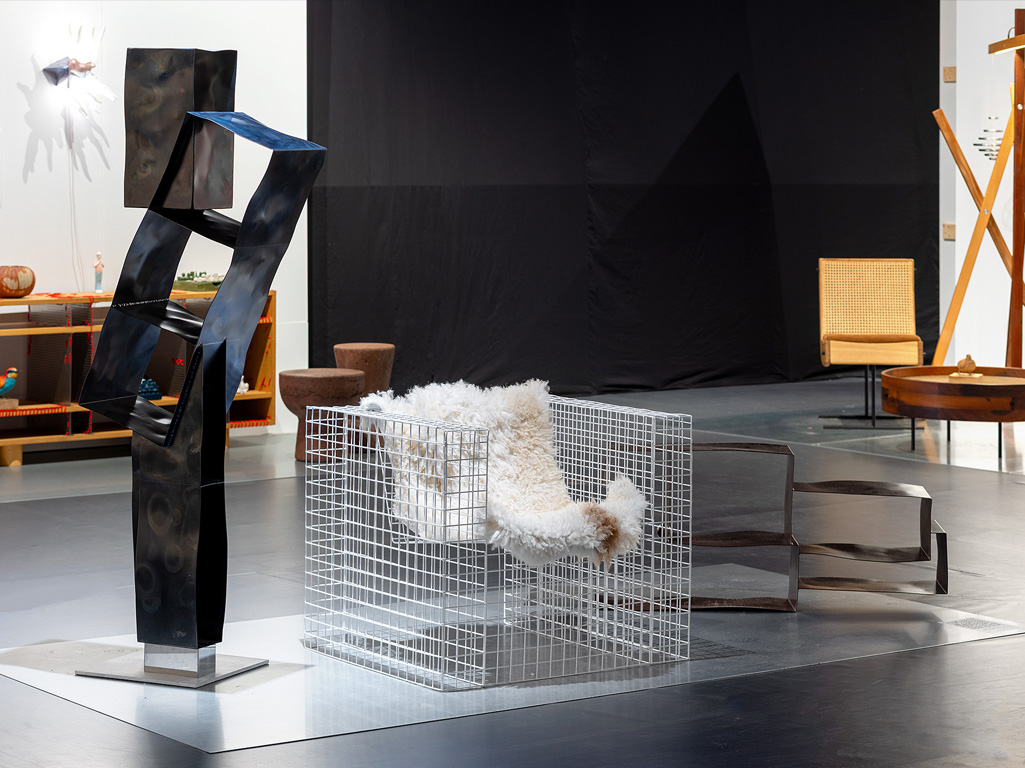
What does this exhibition mean to you as a gallery co-owner and an artist?
For us, the local creators working in the field, this news is exciting and opens up a new channel. Apart from the fair, there is no true commercial platform that unites the field in proper display, and any participation in future events could be fruitful for all sides.
Additionally, the innovative model of the fair is built for the long haul, and I believe that if TAAD becomes an annual event, the existing challenges (shipping, customs, and high production costs), which have surely been amplified during this period, will become more manageable.
In future editions, we can expect more precise pieces for the Israeli audience, meet international galleries and artists who will come, and perhaps even enjoy a new local cocktail—so I hope to see you in November.
Exhibition photo by Eyal Sarig. Courtesy of TAAD fair.
Portret photo by Shay Alfia
Interview by Nadia Kraginskii and Olga Goldina for DI CATALOGUE
Tomer Netanel Levy & Shay Alfia, SALT Gallery
Tel Aviv-Yafo, Israel
Art and Design Collectibles

